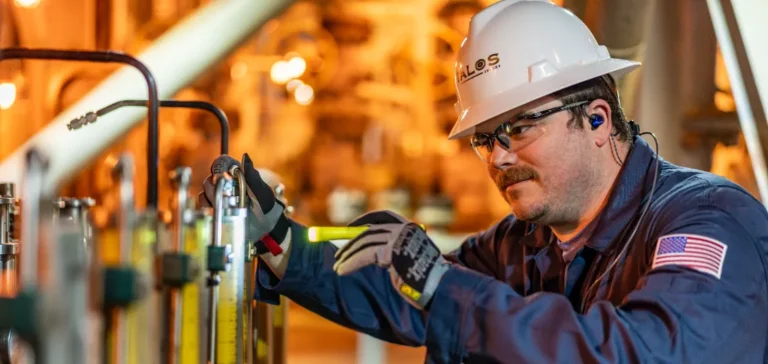U.S.-based operator Talos Energy Inc. announced the success of its exploration drilling on the Daenerys prospect, located in Walker Ridge blocks 106, 107, 150, and 151 in the Gulf of Mexico. The exploration well reached a total vertical depth of 33,228 feet using the West Vela deepwater drillship. Several Miocene sub-salt sand layers showed significant oil indications.
The logging program provided core, fluid, and wireline data to better characterize the reservoir. The well was drilled approximately twelve days earlier than expected and delivered $16 million below budget. At this stage, the well has been temporarily suspended to preserve its future potential.
Distribution of project interests
According to information released by Talos Energy, the company retains a 27% stake in the project. Other partners include Shell Offshore Inc. (22.5%), Red Willow (22.5%), Houston Energy, L.P. (10%), Cathexis (9%), and HEQ II Daenerys, LLC (9%). This shareholder structure spread across several entities reflects a typical arrangement in offshore operations requiring high levels of capital.
Talos indicated that an appraisal well is being planned to better define the extent of the identified resources. This next phase aims to refine the understanding of the reservoir’s potential and to guide future investment decisions.
Planned technical next steps
The company expects to spud the appraisal well during the second quarter of 2026. The works are part of a phased development program, based on geological and geophysical data collected during the initial drilling. The temporary suspension of the well will preserve its integrity for potential future use in the development of the area.
No public estimate of recoverable volumes has been disclosed at this stage. The progress of the appraisal program will provide further insights that could clarify production forecasts and potential mid-term development scenarios.






















